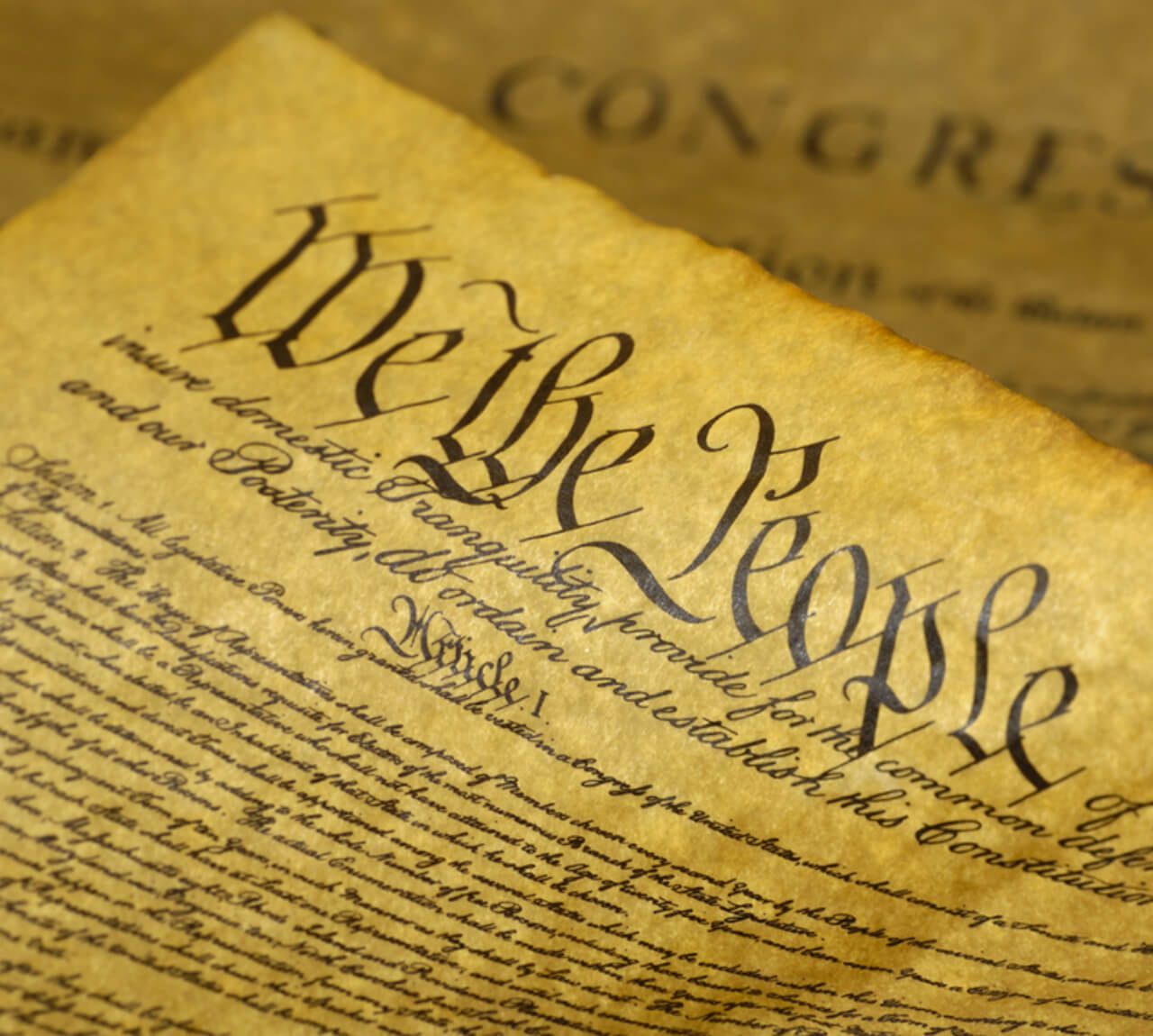
Member Perspective
The Three Fifths Compromise:
How Did We Get There?
In the early 1600’s during the mass immigration to America, there was no slavery. The labor used to fuel the colonial economy were indentured servants. The demographics were young men and women under the age of 25, who were mostly from England as well as some Africans, Indians and Irish. The rights to the servant’s labor could be bought and sold, but the servants were not considered property.
Author: AmbersLight
Indentured servants entered into contracts to provide labor for a set period of time; usually 4-7 years. During their term of service they were provided food, clothing and shelter. Upon completion of their contracts, most contracts provided servants with 25 acres of land, livestock, tools and other necessities. Many went on to purchase indentured service contracts and slaves to build their own property.
Over time, indentured servitude became a costly proposition for colonial land and business owners. In 1619 Virginia was the first colony to incorporate slaves into its labor mix. Massachusetts was the first colony to legalize slavery. Slavery gradually replaced indentured servitude in the colonies. By 1775 only 2-3% of the colonial labor force included indentured servants. As blacks were increasingly enslaved by the colonists, the colonists had their own issues with the British Parliament. Before the 1760’s, the colonies were governed locally. However during the 1760’s the British Parliament passed legislature that entwined the two economies and imposed taxes.

This eventually led to the Revolutionary War. During the war slaves were offered freedom from both the Brittish and the slave owners if they fought with them. It is estimated that over 100,000 slaves were freed as a result of their participation in the war.
After the colonist secured their freedom from Brittan, the injustice of slavery became a rising topic of discussion in some northern colonies. Pennsylvania was the first colony to abolish slavery in 1783, over 100 years before the Thirteenth Amendment was enacted in 1865. The need for slavery in the south was more prevalent and as such there was more resistance to a ban in those territories.
The freedom from Brittan led to the need for a more formal governance of the colonies. When drafting the US Constitution in 1787, the Three-Fifths Compromise was proposed by James Wilson of Pennsylvania to determine tax collection and representation in Congress. At that time people, not property was taxed. The northern states sought to make representation in congress based on the free population. The southern base wanted to count their total population (including slaves, despite their lack of rights) and threaten to leave the union. The compromise allowed for 5 slaves to equal 3 free men, included a provision for a moratorium until 1808 on any congressional ban against the importation of slaves and a provision for a population count within 3 years. It’s important to note that the compromise never used the term “slaves” but instead the term “free v non-free”. Free men included indentured servants because their bondage was not indefinite.
It’s been 235 years since the Three Fifths Compromise was ratified, yet slavery has not yet been fully eradicated. The gaping loophole in the 13th amendment left the door open for a new type of slavery perpetrated with black codes and discriminatory laws by authorizing slavery as punishment for criminals. As slavery evolves we must hold our heads high and proclaim to the world that ‘WE ARE MORE THAN THREE FIFTHS’.
Add a comment
Leave a Reply · Cancel reply
You must be logged in to post a comment.


admin
January 11, 2023 at 6:36 amtesting is going